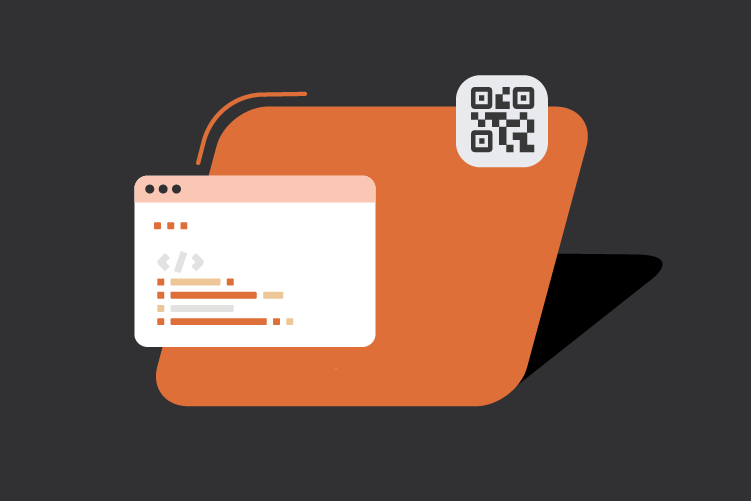For businesses, payments aren’t just about transferring money—they’re about managing operations, paying suppliers, receiving customer payments, and ensuring smooth cash flow. Choosing the right payment system can impact efficiency, reduce costs, and streamline financial transactions.
Two of India’s most widely used digital payment methods are IMPS (Immediate Payment Service) and UPI (Unified Payments Interface). Both offer instant, 24×7 transactions but differ in limits, features, and ideal use cases.
Why Do Businesses Need to Know About Digital Transactions
Businesses frequently process payments for:
- Paying suppliers and vendors: Raw materials, inventory, and operational expenses require seamless, quick transactions.
- Receiving customer payments: Whether online or offline, businesses need a hassle-free way to collect payments.
- Managing payroll and reimbursements: Paying employees and processing refunds need a secure, instant payment option.
- Covering operational expenses: Rent, utilities, and service fees require scheduled, easy-to-track payments.
- Disbursing refunds and payouts: Businesses offering returns, cashbacks, or incentives need quick and reliable payment methods.
IMPS Limits: Best for Medium-Value Business Payments
Immediate Payment Service (IMPS) is a real-time interbank electronic funds transfer system widely used for business payments that require instant processing.
- 24×7 availability: IMPS operates 24×7, including weekends and public holidays, ensuring businesses can process payments without banking delays.
- Multiple access channels: You can initiate IMPS transactions through internet banking, mobile apps, SMS, or even via the National Unified USSD Platform (NUUP). This versatility means you’re not restricted by internet connectivity.
- IMPS limits: The daily transfer limit typically ranges from ₹1 lakh to ₹5 lakh per day, though this can vary depending on the bank. These IMPS limits make the service ideal for small business payments and low- to medium-value transactions.
- Support for Prepaid Payment Instruments (PPIs): Beyond bank accounts, IMPS also supports PPIs such as digital wallets, smart cards, and vouchers, expanding access for users without traditional bank accounts.
For businesses that regularly handle small payments, IMPS provides a secure and efficient platform. However, if your business requires processing larger sums, you may need to consider complementary payment methods.
UPI Limits
Unified Payments Interface (UPI) has transformed the way we think about everyday transactions. Known for its user-friendly interface and robust functionality, UPI stands out with its capability for instant UPI transfers and convenient features like scan to pay. Here’s what sets it apart:
- Instant and seamless transfers: UPI processes transactions in real-time, ensuring that funds are immediately available to the recipient.
- 24×7 operations: Like IMPS, UPI is available 24×7, making it a reliable option for urgent payments regardless of the day or time.
- UPI limits: Typically, UPI transactions are capped at a maximum amount of ₹1 lakh per transaction. This UPI limit can vary slightly between banks, but it remains an attractive option for most everyday business needs.
- Advanced features – Scan to Pay: UPI apps often include a scan-to-pay function, which allows users to complete transactions simply by scanning a QR code. This feature not only speeds up the process but also enhances security by reducing manual entry errors.
- Low-cost transactions: With minimal or no fees for most transactions, UPI is particularly appealing for small businesses looking to manage their payment costs effectively.
Whether you’re making routine vendor payments or handling customer transactions, UPI’s combination of convenience and efficiency makes it a strong contender for your daily payment needs.
IMPS vs. UPI: A Quick Comparison
Below is a side-by-side comparison to help you understand which service might best suit your business:
| Feature | IMPS | UPI |
| Transfer Speed | Real-time | Real-time |
| Availability | 24×7 (accessible via internet, mobile apps, SMS, USSD) | 24×7 (supports transactions on all days, including holidays) |
| Limits | IMPS limits: ₹1 lakh – ₹5 lakh per day (varies by bank) | UPI limit: Typically ₹1 lakh per transaction (varies by bank) |
| Ideal For | Small business payments and medium-value transfers | Everyday transactions, vendor payments, and retail purchases |
| Additional Features | Multiple channels for access | Scan-to-pay functionality and seamless integration with digital wallets |
Both IMPS and UPI have each established their own unique positions in the digital payment landscape. Understanding IMPS limits is crucial for businesses that rely on immediate, high-frequency transactions. Also, recognizing the maximum transfer allowed through UPI helps in planning everyday payment workflows better.
- IMPS is ideal when you need to process small business payments quickly and securely despite its daily transfer limits.
- UPI shines for its convenience, especially with features like scan to pay and low fees, even though the per-transaction UPI limit is typically capped at ₹1 lakh.
By familiarizing yourself with these systems and their respective limits, you can better tailor your payment processes to suit your business needs and ensure smooth financial operations in an increasingly digital world.
Interested in our APIs? Let’s talk!
Tell us your automation goals, and we’ll set you up with a free, personalized demo from our API expert.
Click Here


0 Comments